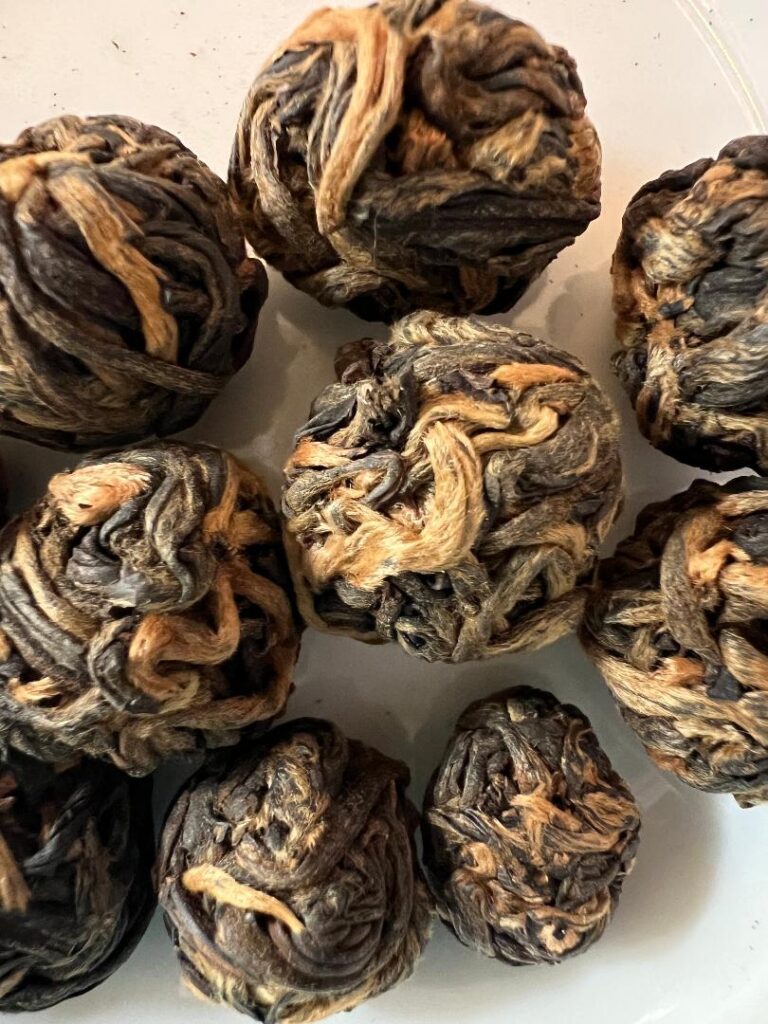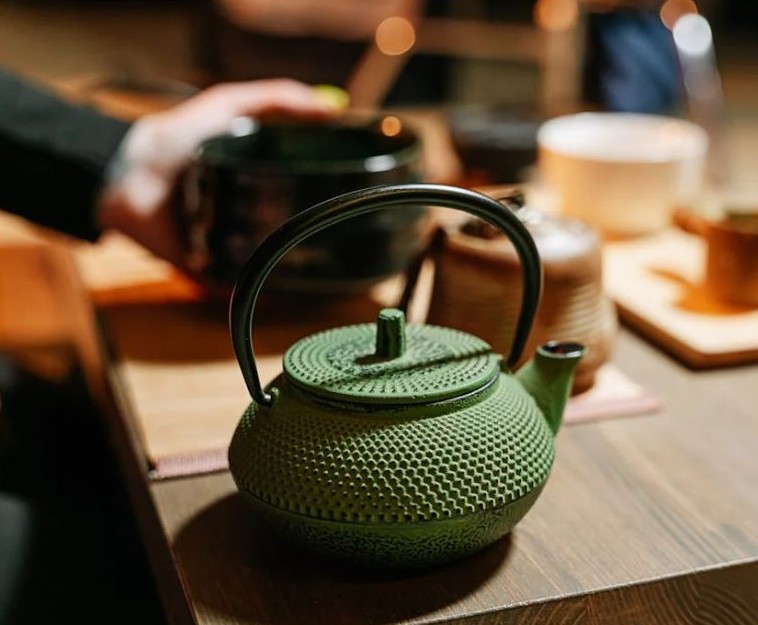Embark on a Journey Through Time and Taste with Pu-erh
Guided by tradition and the wisdom of generations, each steep of Pu-erh tea unlocks a unique experience. Its complex character unfolds over time, reflecting the specific terroir, processing choices, and aging conditions overseen by the tea masters. From the patient journey of Sheng Pu-erh to the accelerated adventure of Shu Pu-erh, let’s embark on a captivating exploration of this world.
Sheng Pu-erh: The Patient Path of Raw Pu-erh:
Imagine a simple green tea embarking on a decades-long transformation. That’s Sheng Pu-erh, traditionally sun-dried or pan-fried after withering. Pressed into discs, it ages for at least 10 years, developing earthy, complex flavors that evoke aged leather and hints of wood and spice. A slow burn, a reward for the patient tea drinker.
Shu Pu-erh: A Swift Journey to Ripe Pu-erh:
Do you yearn for the richness of aged Pu-erh without the wait? Shu Pu-erh offers a swifter path. This “ripe” tea undergoes a “wet-piling” process where leaves ferment in a warm, humid environment for weeks. The result? A bold, earthy brew with hints of chocolate and wood, ready to enjoy in just a few months.
Diving Deeper: Fermentation Methods
Both methods aim to accelerate aging, but their techniques vary. Traditional water spraying involves misting the leaves to maintain humidity, initiating a natural microbial fermentation similar to composting. This approach takes longer (months to a year) but yields more nuanced flavors. Some producers introduce a microbial starter for faster maturation, leading to a consistent flavor profile but potentially sacrificing complexity. Variations include combining water spraying and natural cultures to achieve specific profiles.
Remember:
The quality of the finished tea depends on various factors, regardless of the method. The type and quality of the starting leaves, the temperature and humidity during fermentation, and the tea master’s skill all play significant roles in shaping the final flavor profile. Even experts struggle to identify the method used solely based on taste.
Beyond the Brew: A Legacy of Health
For centuries, Pu-erh has been revered in China for its potential health benefits. While research is ongoing, some believe it may offer benefits like promoting heart health, reducing cholesterol, aiding weight management, and boosting circulation.
Ready to Embark?
Whether you choose the patient path of Sheng or the accelerated experience of Shu, Pu-erh offers a unique tea journey. So, brew a cup, explore the nuances of its flavor, and discover the secrets this ancient tea holds within.
Embrace these Chinese Terms:
- Sheng Pu-erh (Sheng Cha): The Raw Tea Journey (uses the traditional Chinese term)
- Shu Pu-erh (Shou Cha): The Ripe Tea Symphony (incorporates both terms)




